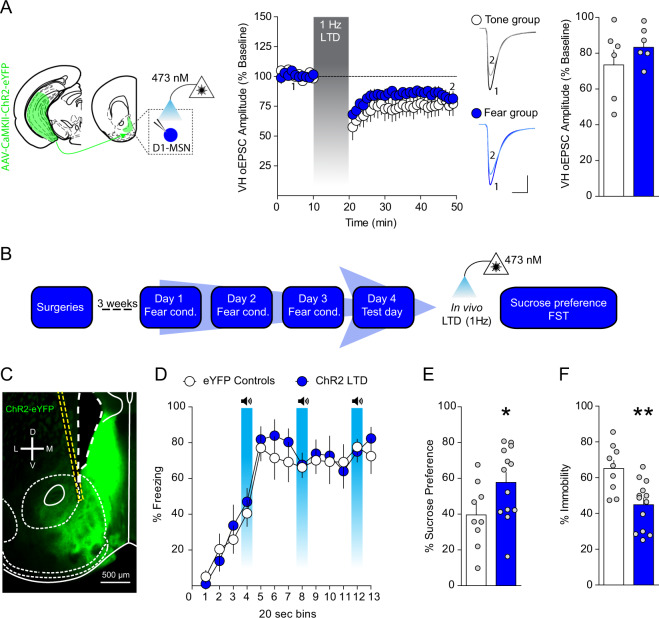Fig. 4. Depressing VH afferents to the NAc rescues anhedonia and passive coping after footshock stress.
a 1 Hz low-frequency stimulation of VH afferents induces long-term depression (LTD) of VH-oEPSCs in brain slices (n = 6 per group; two-way ANOVA; treatment main effect; F(1, 10) = 1.1, p = 0.32; time main effect; F(38, 380) = 13.67, p < 0.0001; treatment × time interaction; F(38, 380) = 0.9, p = 0.64). No difference in the magnitude of LFS-induced LTD of VH synaptic efficacy between control and stressed mice (n = 6 per group; t-test; t(10) = 1.07, p = 0.31). b Experimental timeline to determine the role of VH inputs to the NAc on affective behavior using in vivo optogenetic low-frequency stimulation. c Representative image of NAc ChR2-eYFP expression and optical fiber placement in the NAc. d 1 Hz LTD of VH afferents prior to testing does not modify freezing during fear recall (n = 10 per group; two-way ANOVA; treatment main effect; F(1, 18) = 0.18, p = 0.67; time main effect; F(12,216) = 32.59, p < 0.0001; treatment × time interaction; F(12, 216) = 0.49, p = 0.92). e In vivo depression of VH afferents in the NAc increases sucrose preference relative to control mice (n = 9–13 per group; t-test; t(20) = 2.154, p = 0.0436). f 1 Hz LTD of the VH to NAc pathway reduces immobility in the FST (n = 9–13 per group; t-test; t(20) = 3.47, p = 0.0024).

